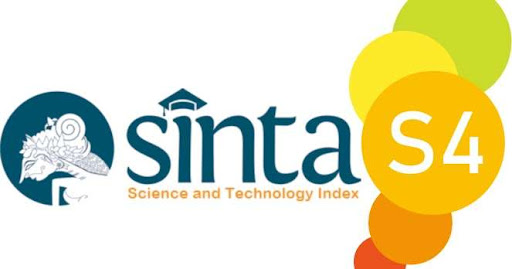FUNGSI PARTIKEL の (NO) DALAM PEMBELAJARAN BAHASA JEPANG DASAR
Abstract
Abstract
Learning Japanese is not easy for the beginner, because the Japanese language has unique characteristics in terms of words, letters, intonation, particles, and the sentence structure. Particle is one of part of speech that cannot stand alone, it cannot change its form, and in its use always sticks to another word. However, the particle is one of elements or components that is very important in Japanese, because it serves to show the relationship between words and explains the meaning of the word itself.
Japanese particles according to Sudjianto can be classified into four major groups namely fukujoshi, kakujoshi, setsuzokujoshi and shuujoshi. From each group comprising many types of particles, so the discussion in this paper is limited to the meaning of the particle の (no) that belongs to the groups of kakujoshi and shuujoshi.
The results of the analysis on particle meaning of の (no) classified as kakujoshi can be expressed as possessive marker, to modify noun, place of origin / artificial, the location of objects, a comparison between two objects, to nominalize a verb, to express reason or purpose of doing something. Aside from being kakujoshi, particle の (no) is used also as shuujoshi which is placed at the end of a sentence to express an interrogative, the affirmation of speech, reason, and expressed strongly worded command.
It is realized when studying the function of Japanese particles; many learners still find it difficult, because a particle has many functions and usage. But it is not a barrier for those interested in learning Japanese, provided that they have willingness or motivation to learn. Mastery of a foreign language will lead to brighter future, therefore just learn it!
Keywords: fanction, particle "no", kakujoshi, shuujoshi.













